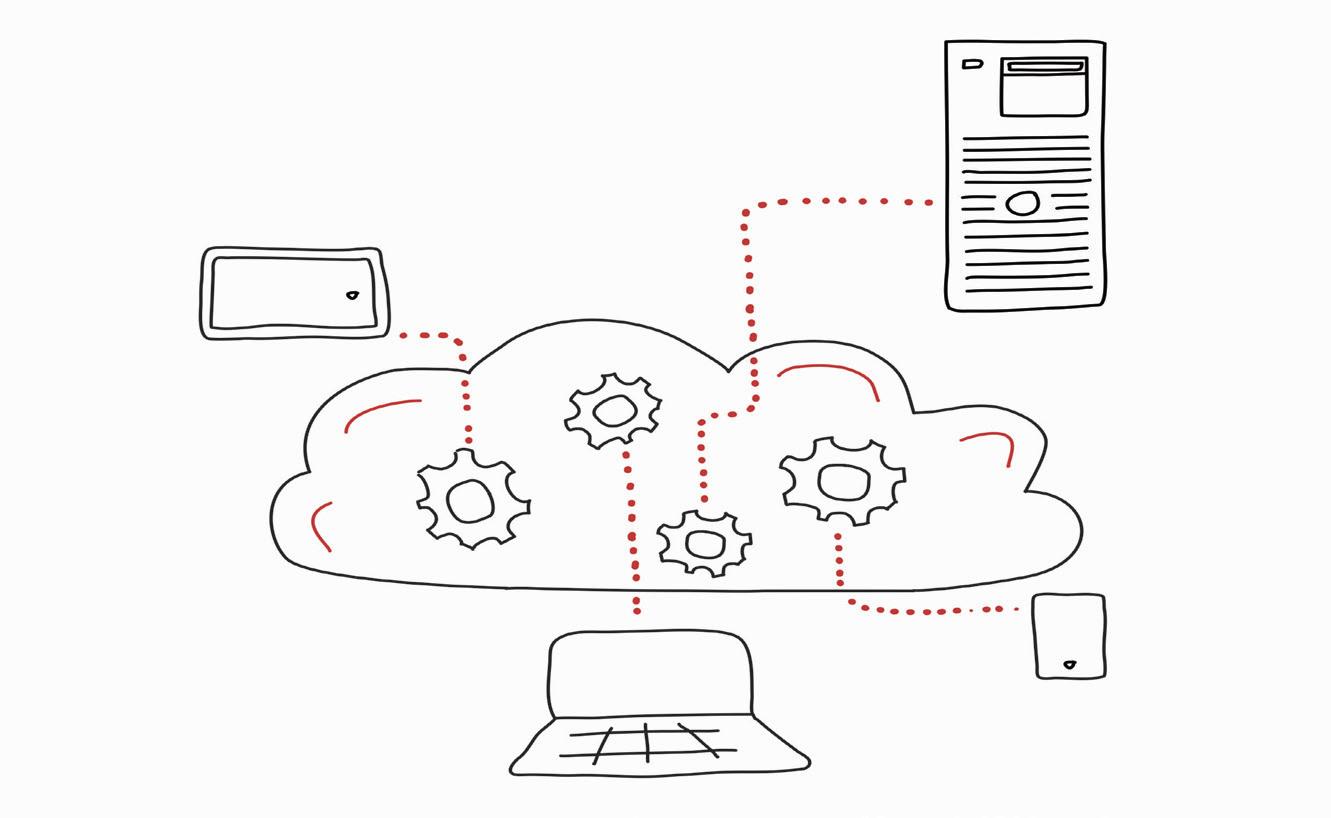Accelerating the Evolution of Design Management in Construction The COVID-19 effect
Accelerating the Evolution of Design Management in Construction - The COVID-19 effect

Issuu converts static files into: digital portfolios, online yearbooks, online catalogs, digital photo albums and more. Sign up and create your flipbook.




